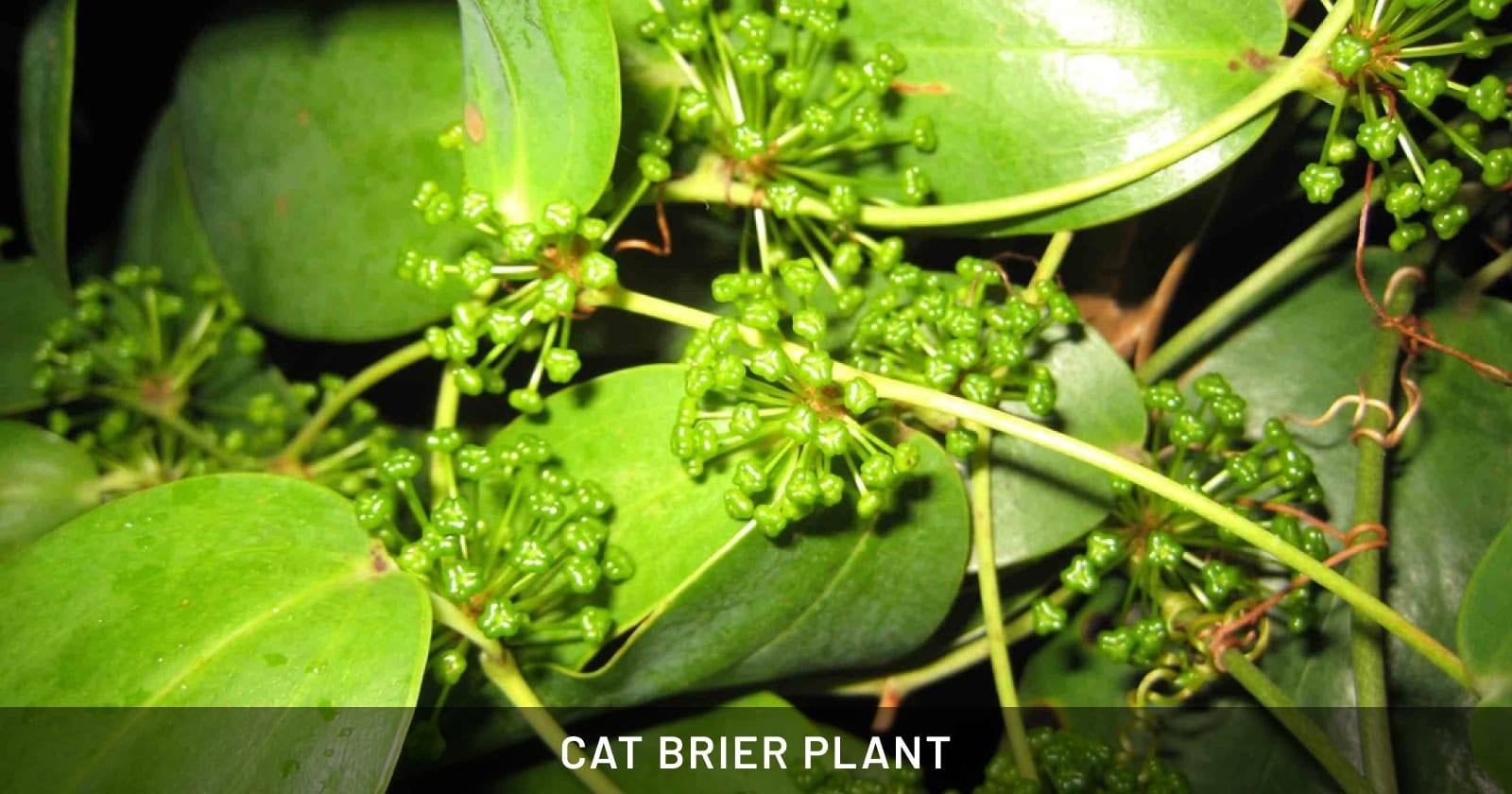Cat Brier

The Cat Brier plant, also known as Smilax glabra, is a resilient vine known for its vibrant green foliage and woody stem. Native to several regions including the United States, this plant thrives in both shade and partial sunlight, making it versatile for different garden settings. For pet owners, it’s reassuring to know that Cat Brier is non-toxic to cats and dogs, as affirmed by the ASPCA. This attribute makes it an excellent choice for households looking to enhance their indoor or outdoor spaces without risking their pets’ health.
Moreover, Cat Brier has been used in traditional medicine, offering potential health benefits such as anti-inflammatory properties. Its berries, although not palatable, add a decorative touch. When planting Cat Brier, ensure it has support for climbing and space to flourish, contributing to an engaging and dynamic garden environment.
| Characteristic | Detail |
|---|---|
| Scientific Name | Smilax glabra |
| Common Names | Cat Brier, Smooth Greenbrier, China Root |
| Family | Smilacaceae |
| Native Range | Eastern Asia; naturalized in parts of North America |
| Plant Type | Perennial vine |
| Habitat | Woodlands, thickets, edges of fields and roadsides |
| Growth Habit | Climbing and twining vine |
| Leaves | Glossy, heart-shaped or oval, green leaves |
| Flowers | Small, greenish-white, clustered |
| Fruit | Globose, black berries when mature |
| Root System | Rhizomatous, tuberous |
| Height | Can grow up to 10 meters (about 30 feet) long |
| Toxicity | Non-toxic to cats and dogs |
| Uses | Ornamental, traditional medicine |
| Climatic Zone | USDA Zones 7-10 |
| Sun Exposure | Full sun to partial shade |
| Soil Type | Well-drained, fertile, moist soil |
| Watering Requirements | Moderate, consistent moisture |
| Maintenance Requirements | Low; may require trimming to control growth |